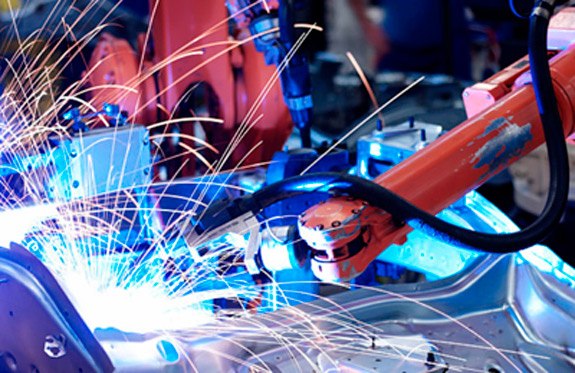The automotive engine cooling system plays an important role in the automotive power system. The cooling system can reasonably adjust and control the temperature of the engine when it is working, so as to keep all auto engine components at a normal working temperature, so as to obtain ideal power output and good performance. fuel economy, the engine will not work properly without the help of the cooling system.
When it comes to the car cooling system parts, we first need to understand the effect of temperature on the engine. The working cycle of the automobile engine is carried out at high temperature, and the temperature of the mixture entering the cylinder can reach up to 2000 degrees Celsius when it is burned. At this time, the piston, cylinder block, cylinder head, valve and other components of the engine are strongly heated in contact with the high-temperature combustible mixture. At this time, if the engine cannot be effectively cooled, its mechanical strength will deteriorate, and the cylinder inflation coefficient will decrease, resulting in The air-fuel ratio imbalance causes the engine to burn abnormally. The high temperature in the cylinder will also cause the pre-ignition (pre-combustion) of the mixture, resulting in the phenomenon of knocking that seriously damages the engine. Excessive temperature will also cause the lubricating oil to burn and deteriorate. Under the high temperature, the clearance in the cylinder will be reduced, the protection of the oil film will be damaged, the lubricating ability will be reduced, and in severe cases, it will cause adhesive wear and stuck (cylinder) failure.
In order to avoid these adverse consequences, make the engine run normally so as to exert its proper power output, and obtain better performance in economy, power and durability, the active work of the cooling system is essential. However, for engine operating conditions at low temperatures, excessive cooling will also adversely affect the engine.
The cooling system of the automobile engine uses the automotive electric water pump to increase the pressure of the coolant, forcing the coolant to circulate in the cooling water channel of the engine, to take away the excess heat of the engine and keep it at the optimum working temperature. This cycle mode for cooling the engine is called the main cycle, and the main cycle mode must also be set to two different cooling cycle modes to ensure that the engine works better under different operating conditions, that is, the cold cycle and the normal cycle.
Cold cycle (small cycle) means that after the engine is cold started, the cooler with lower temperature will not open the thermostat. At this time, the coolant is only circulated in the water channel of the engine through the water pump, the purpose is to make the engine reach as soon as possible. At normal working temperature, when the engine temperature rises and the coolant temperature reaches the set value of the thermostat (usually 80 degrees), the thermostat valve is opened, and the coolant circulates normally (large circulation). The water flows out of the water channel and passes through the radiator at the front of the car to dissipate heat. The water pump then sends the cooled coolant to the engine for cooling cycle. The automotive electronic thermostat is responsible for controlling the switching of the cycle mode to keep the engine at the best working temperature as much as possible.
In addition, for the heating of the air conditioner in the car, the system will also set up a separate heating cycle. The coolant passes through the heating device in the car to send heat into the car, and then returns to the engine for cooling. The heating cycle is not controlled by the thermostat. , as long as the heater is turned on in the car, the circulation system will start to work.
